I love when my clients ask me questions about what I am doing while I do a barefoot trim. It may look like your hoofcare provider just shows up, pulls their tools out of the vehicle, trims, and then takes your money and leaves. But there is a lot going on in our heads while we work. I thought it might be helpful to talk about some of the decisions your hoofcare provider makes at every appointment. Not everyone may trim this way, but these are the thoughts that go through my head.
First, I assess the foot as it is. How does it look? Better or worse than our last appointment? What are the growth patterns and are they any different than before? Is there thrush in the collateral grooves or central sulcus? What has the weather been like? Has anything changed in their routine – major illness, soundness issues, more or less turnout/exercise?
Second, I decide how I am going to trim each foot. I may ask owners questions as I go in order to gain more information. I know what I want the foot to look like when I am done, but I like to be cautious with horses who are in the transition process, who are healing from injuries, who are dealing with tenderness, or who don’t do well with major changes in angle, etc.
Third, I start trimming and continue to assess as I go. This involves looking at the structures of the foot. You may notice your trimmer put the foot down and look at it from the front or side and then trim some more. Since we’re trimming a 3D structure, it helps to be able to see each angle as we go. Some trimmers work mostly from the bottom, looking at the sole. Some trimmers trim mostly “from the top” which means the hoof is up on the Hoofjack most of the time. Some trimmers, like myself, do more half and half. A typical trim for me looks like assessing the foot on the ground from front and side view, then checking the solar view. I usually start trimming “from the bottom” with the foot in my hand, then finish from the top.
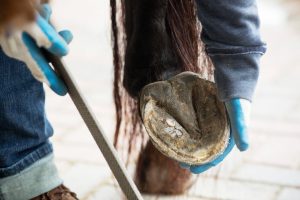
Trimming “from the bottom” — holding each hoof in hand.
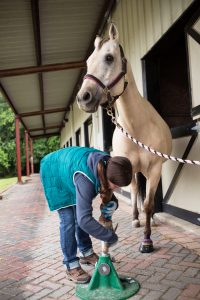
Trimming “from the top”
But it depends – some horses won’t stay on the Hoofjack, so you trim them mostly with their hoof in hand. Others would prefer to be on the Hoofjack. Some horses are too sore or tight in their muscles or joints, and I do whatever they need to get a good trim. Sometimes that means tilting a hoof and letting it rest on my boot while I nipper off extra wall.
Once I’m done with a foot, I give it one more once over and move on to the next one. Not everyone does this, but I also like to take pictures so I can compare with the owner as we go. Any set up trim I do, especially if it involves pulling shoes and their first barefoot trim, gets a whole set of pictures. If it’s a major rehab, I like to track the progress. If it’s more maintenance, I’ll take pictures every few trims if needed.
Trimming is such a work in progress! Each foot is individual and unique. Hoof health varies between each individual horse. A hoof can look slightly different in each season, or in relation to something else going on (illness, change in lifestyle, etc).
When it comes to decision making during a barefoot trim, there are so many factors it really is different for every trim, for every horse. The main factor for me is “what will happen if I trim the foot the way I think it should be trimmed”? Will it promote soundness, balance, and comfort for this horse? And that means something different for each horse.

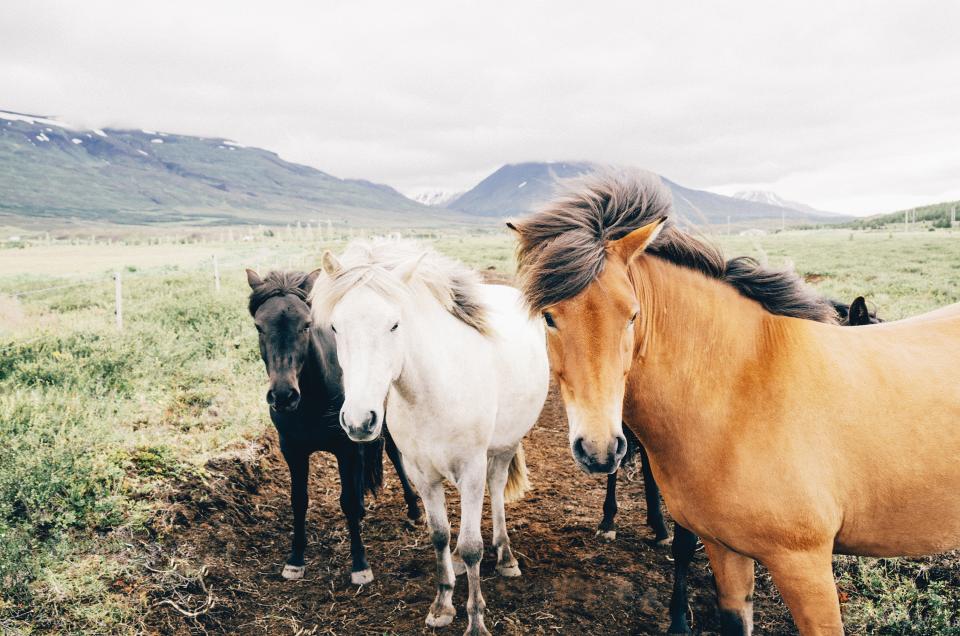
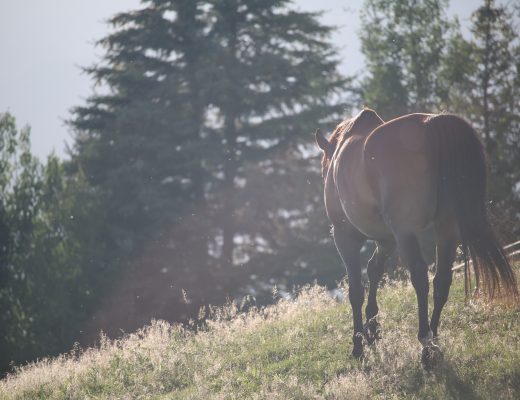
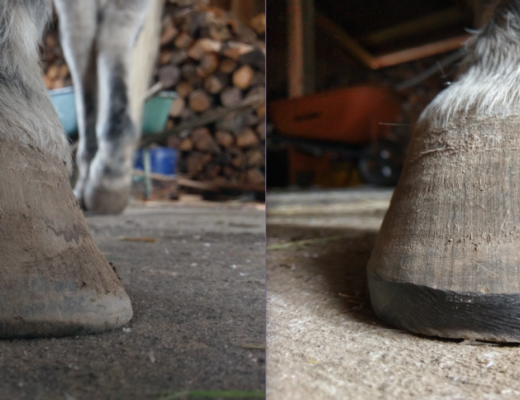
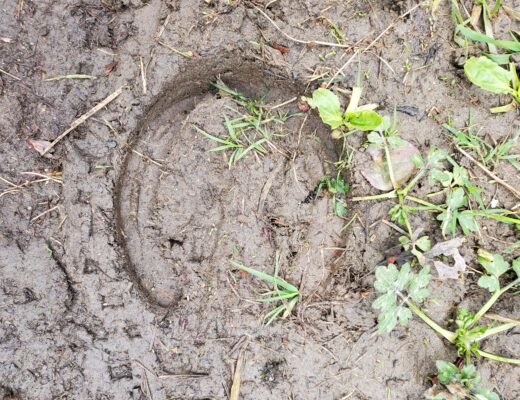
No Comments